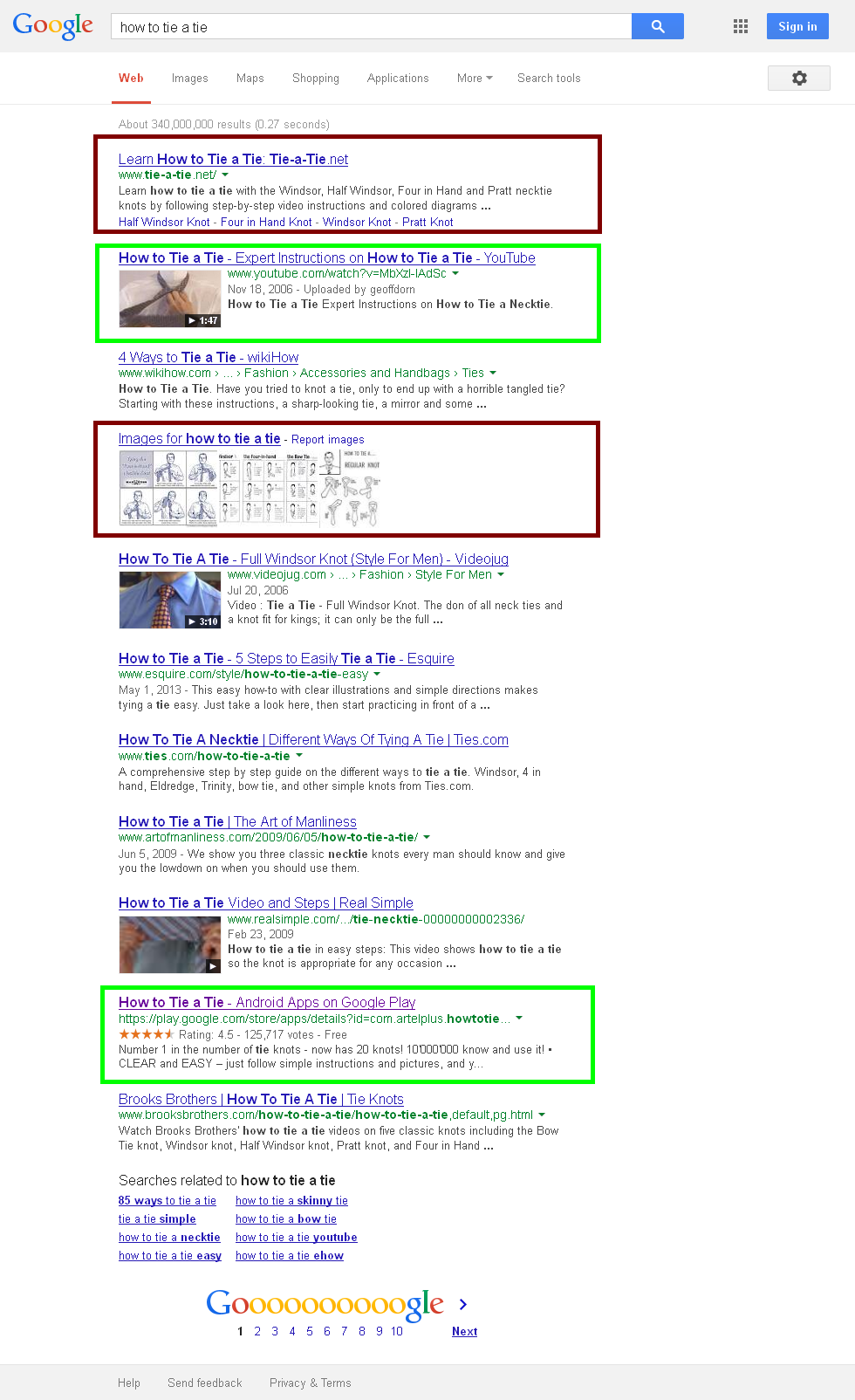The past year has brought about many changes in search engine optimization. Many SEO practices have turned out to be not so good for a website’s rankings and there are also emerging practices that are slowly being incorporated into SEO strategies.
Among the old SEO practices that have seen huge changes in the past year is the practice of link building. Gone are the days when the goal is to get as many back links as you can and getting link building services just to boost the number of links to your website. Although there are a few companies and specialists who have stopped this practice altogether, there are still some who just lessened this practice or made variations to it.
For those who have decided to stop link building altogether, below are some of their common reasons for doing so.
- Earn links instead. Many of those who have stopped link building reason out that they will earn the links through other SEO practices and strategies, which they reason to be the best way to get links anyway. There are other ways you can successfully earn links to your website. Any of these may not be as fast as the old ways of link building, but what it can accomplish for you is a more solid Google ‘reputation’. The best way to earn these links is to establish your site as an authority in your niche by posting high quality relevant content.
- Can potentially hurt your site. Many websites have been penalized by Google for bad link building practices. In fact, when the link building changes brought about by Google’s Penguin were put in place, a lot of websites got penalized for their link building even if the links were acquired years before. Using this as an example, then you can never be sure when a particular link building scheme will be ‘caught’ by Google. Anyone who has undergone SEO training in the Philippines knows that links are not to be bought so the only way to earn it that would be approved by Google is by naturally earning it.
- Has a very low return. With the old style of link building, you would often need to do a lot before you can even have visible results. Compared to the number of links you need to get for a low success rate, earning links from high quality websites is the better way of optimizing your site.


